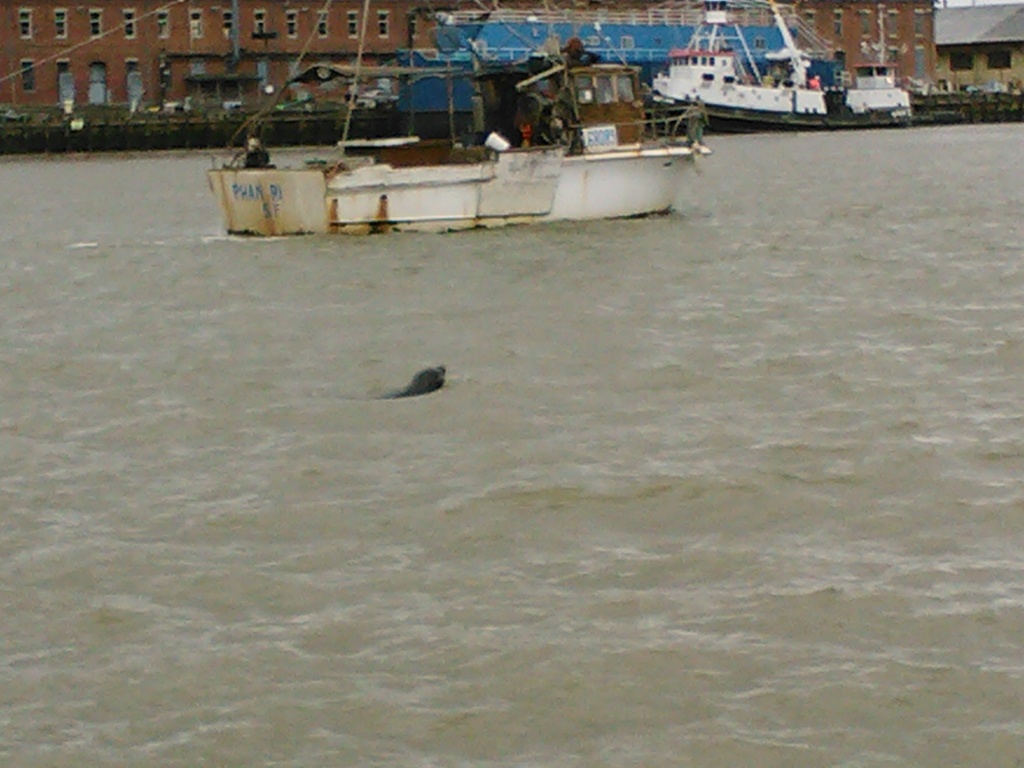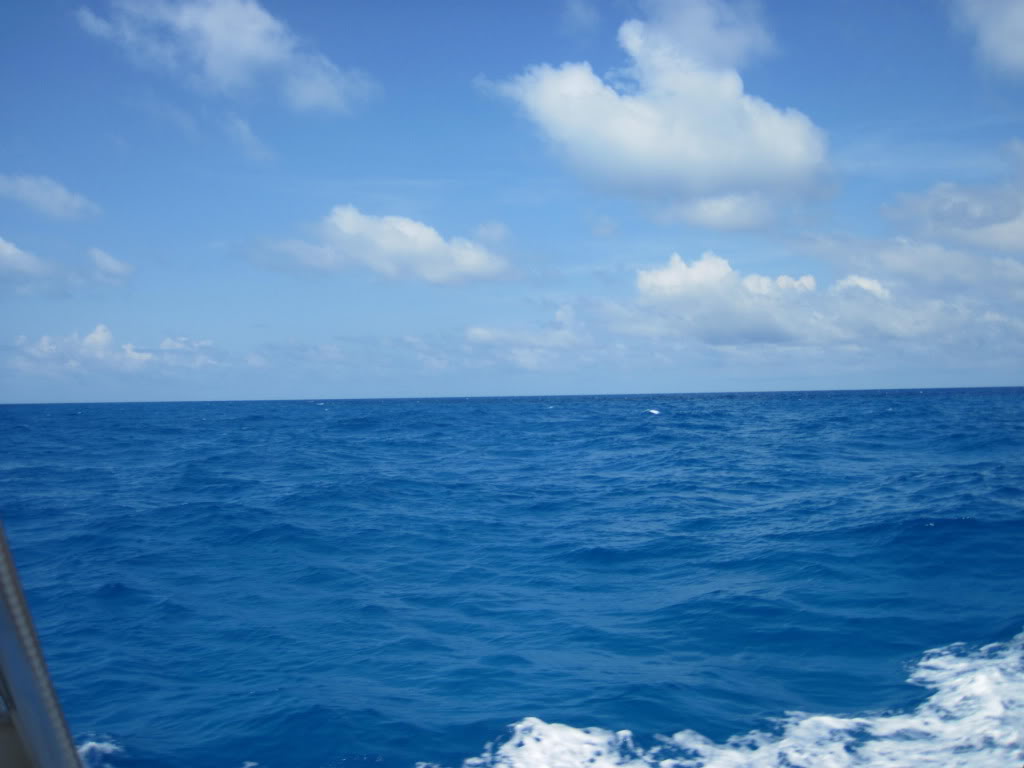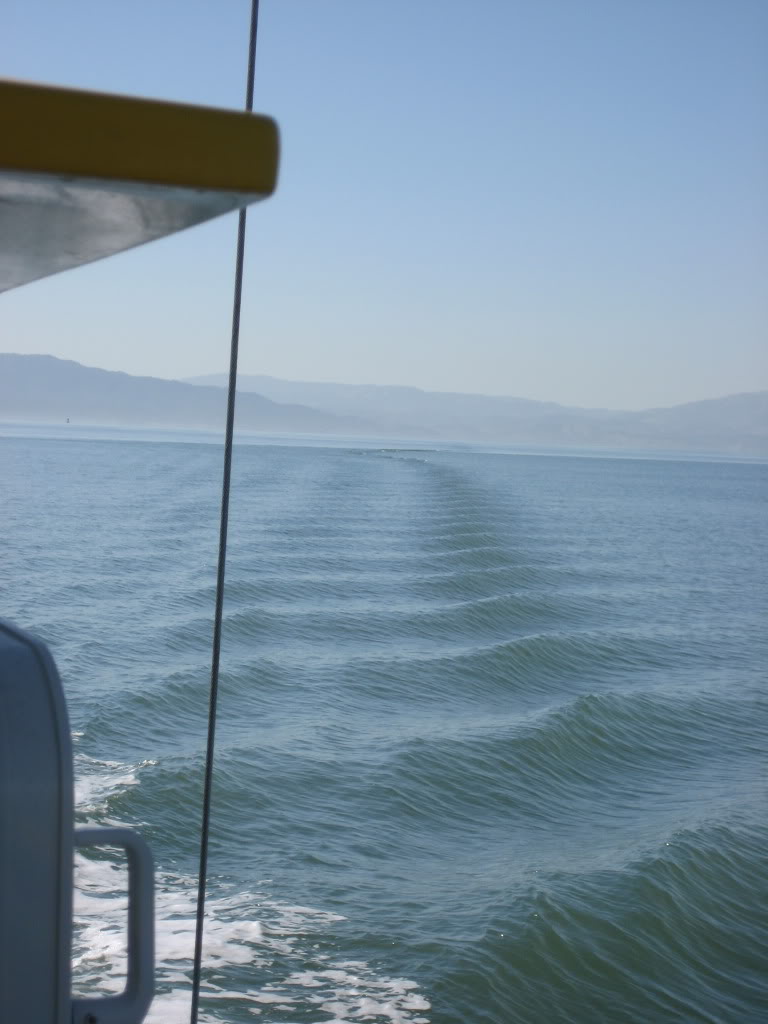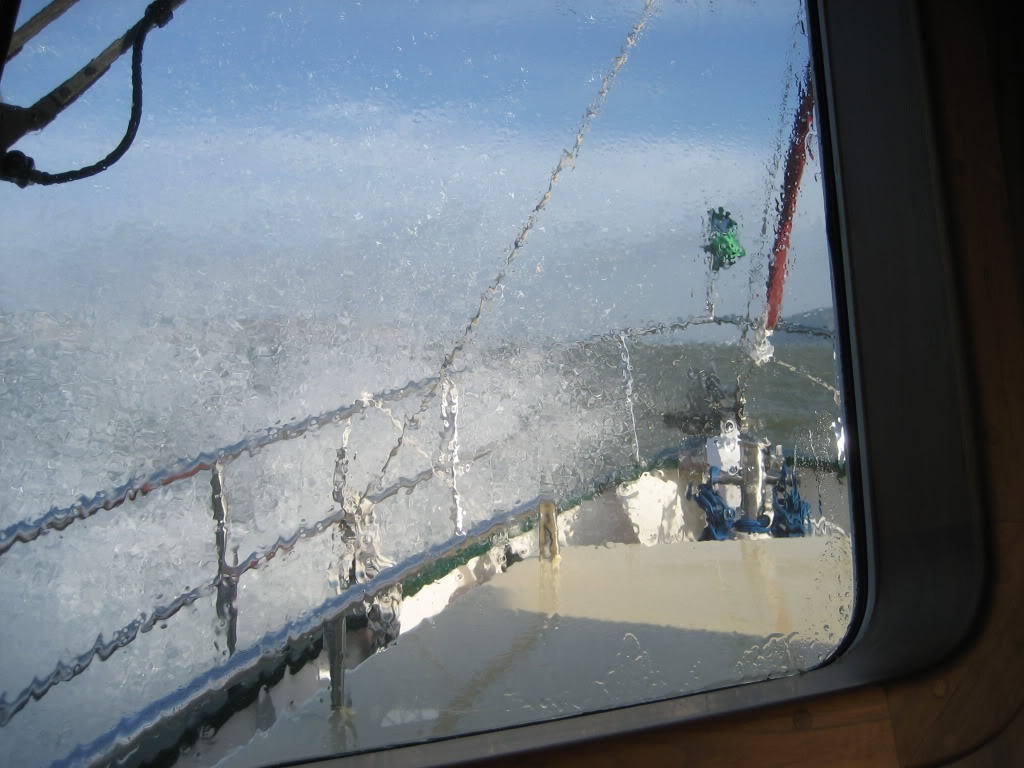Moonstruck
Guru
- Joined
- Nov 27, 2008
- Messages
- 8,276
- Location
- USA
- Vessel Name
- Moonstruck
- Vessel Make
- Sabre 42 Hardtop Express
Just an observation made on our recent cruise to the Bahamas, and return to the Florida East Coast. Following are two photos of pilings. The first will be of the pilings on a dock in Man-O-War harbor. Notice the clear water of about 7-8' deep. The second is back at Ft. Pierce City Marina. Notice the darker water, and the growth on the pilings.
Of course being no marine scientist my observations are anecdotal, but it seems obvious to me that the difference is the nutrients carried in the water. The Bahamas being virtually in the middle of the ocean with no rivers feeding into the water is kind of a barren bottom. The reefs and grasses shelter and hold habitat supporting marine life. Other than that the tides moving quickly over the shallow Bahama Banks flush out other nutrients.
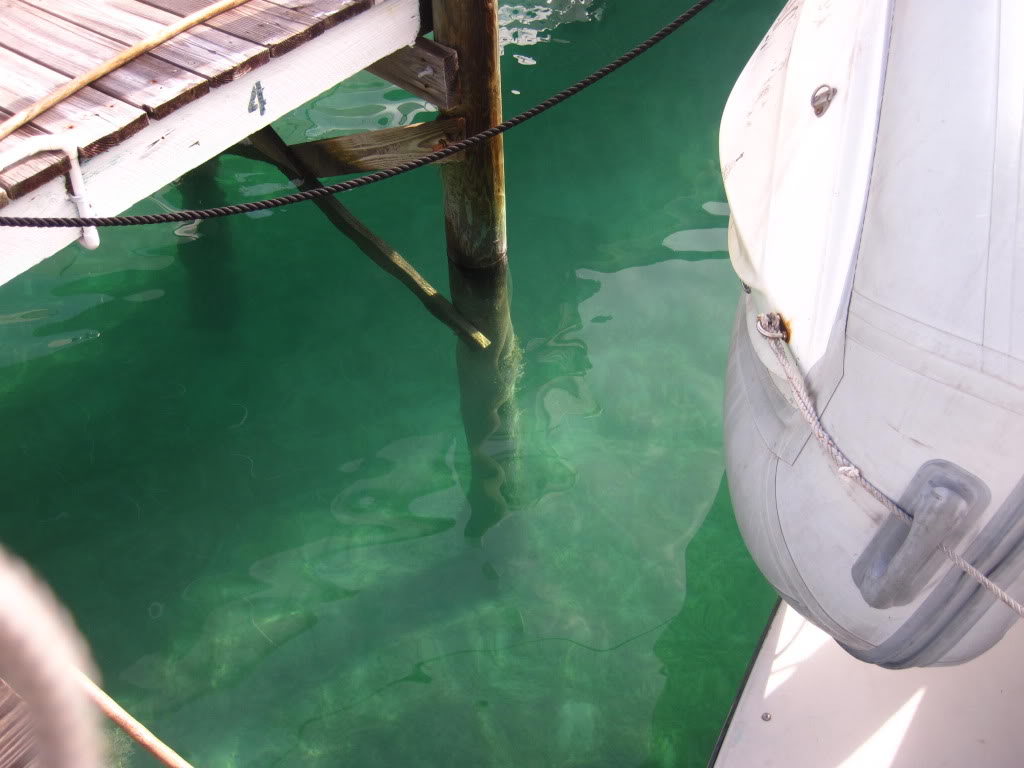
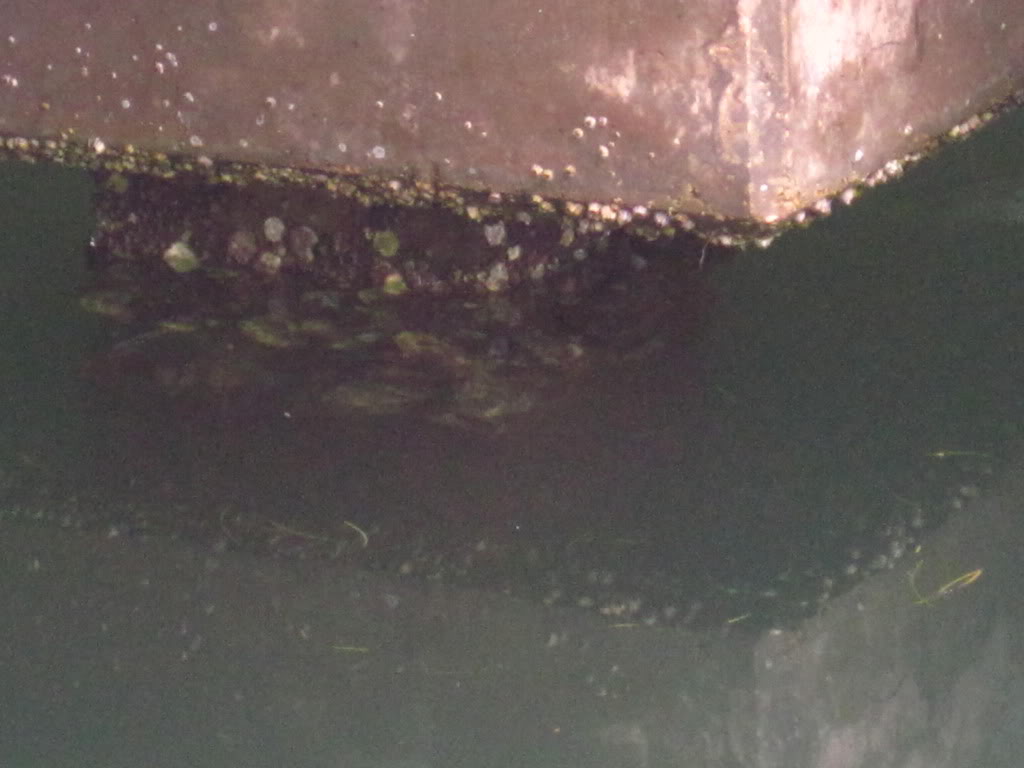
I think Ron mentioned that in the warm season that a diver is needed in his marina every 3 weeks. Same goes for Hilton Head. The waters around the SC and GA coasts are so nutrient rich that the marshes are incubators for all sorts of marine life. Shrimp being a notable one, but all sorts of others. Fish, oysters, clams, crabs as well as barnacles and other marine growth. The big tidal range brings fast currents that transports the food to sustain the marine life as well as the stuff we love to eat.
Of course being no marine scientist my observations are anecdotal, but it seems obvious to me that the difference is the nutrients carried in the water. The Bahamas being virtually in the middle of the ocean with no rivers feeding into the water is kind of a barren bottom. The reefs and grasses shelter and hold habitat supporting marine life. Other than that the tides moving quickly over the shallow Bahama Banks flush out other nutrients.


I think Ron mentioned that in the warm season that a diver is needed in his marina every 3 weeks. Same goes for Hilton Head. The waters around the SC and GA coasts are so nutrient rich that the marshes are incubators for all sorts of marine life. Shrimp being a notable one, but all sorts of others. Fish, oysters, clams, crabs as well as barnacles and other marine growth. The big tidal range brings fast currents that transports the food to sustain the marine life as well as the stuff we love to eat.
Last edited:

